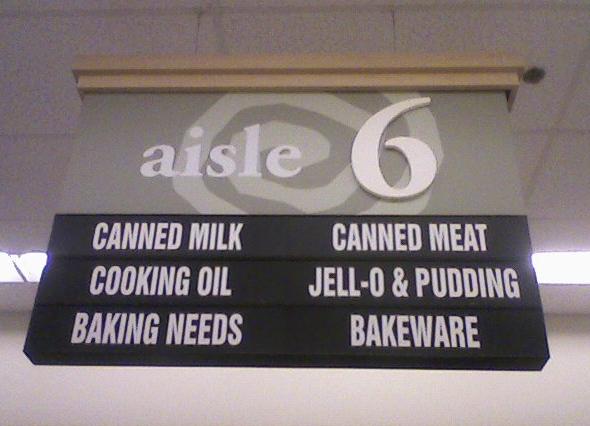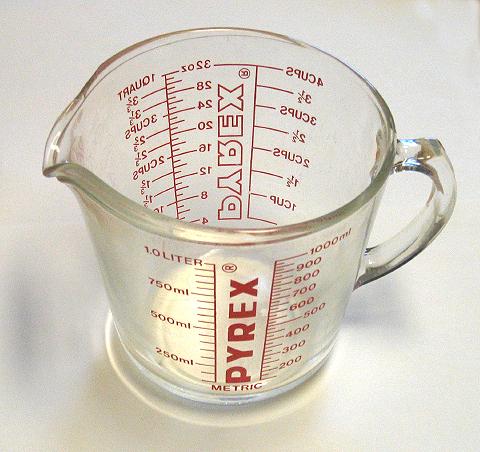|
Quickfit Apparatus
Quickfit is a brand of laboratory glassware, produced under the Pyrex trademark and distributed through various fronts in differing countries; e.g. Corning Inc., Corning in North America. The glassware is well known worldwide for its build quality and it appears in numerous laboratories. A large percentage of the glassware makes use of ground glass joints. The QuickFit brand is glassblowing, blown in Stone, Staffordshire, in the United Kingdom and marketed through the Scilabware front in the United Kingdom. 'Quickfit' has become a genericized trademark for all ground glass. Whilst the ownership and name of QuickFit has changed numerous times, all genuine QuickFit glass is stamped with a Q, displaying the brand name, the word Pyrex and the part code. Timeline 1923, James A. Jobling licensed to produce Pyrex branded glassware 1946, Quartz and QuickFit glassware goes into production at Stone 1970, Quickfit becomes a part of Jobling Lab Division 1973, Quickfit joins the Corning com ... [...More Info...] [...Related Items...] OR: [Wikipedia] [Google] [Baidu] |
Laboratory Glassware
Laboratory glassware refers to a variety of equipment used in scientific work, and traditionally made of glass. Glass can be blown, bent, cut, molded, and formed into many sizes and shapes, and is therefore common in chemistry, biology, and analytical laboratories. Many laboratories have training programs to demonstrate how glassware is used and to alert first–time users to the safety hazards involved with using glassware. History Ancient era The history of glassware dates back to the Phoenicians who fused obsidian together in campfires making the first glassware. Glassware evolved as other ancient civilizations including the Syrians, Egyptians, and Romans refined the art of glassmaking. Mary the Jewess, an alchemist in Alexandria during the 1st century AD, is credited for the creation of some of the first glassware for chemical such as the ''kerotakis'' which was used for the collection of fumes from a heated material. Despite these creations, glassware for chemical us ... [...More Info...] [...Related Items...] OR: [Wikipedia] [Google] [Baidu] |
Corning Inc
Corning Incorporated is an American multinational technology company that specializes in specialty glass, ceramics, and related materials and technologies including advanced optics, primarily for industrial and scientific applications. The company was named Corning Glass Works until 1989. Corning divested its consumer product lines (including CorningWare and Visions Pyroceram-based cookware, Corelle Vitrelle tableware, and Pyrex glass bakeware) in 1998 by selling the Corning Consumer Products Company subsidiary (now known as Corelle Brands) to Borden. , Corning had five major business sectors: display technologies, environmental technologies, life sciences, optical communications, and specialty materials. Corning is involved in two joint ventures: Dow Corning and Pittsburgh Corning. Quest Diagnostics and Covance were spun off from Corning in 1996. Corning is one of the main suppliers to Apple Inc. Since working with Steve Jobs in 2007 to develop the iPhone; Corning develops ... [...More Info...] [...Related Items...] OR: [Wikipedia] [Google] [Baidu] |
Ground Glass Joint
Ground glass joints are used in laboratories to quickly and easily fit leak-tight apparatus together from interchangeable commonly available parts. For example, a round bottom flask, Liebig condenser, and oil bubbler with ground glass joints may be rapidly fitted together to reflux a reaction mixture. This is a large improvement compared with older methods of custom-made glassware, which was time-consuming and expensive, or the use of less chemical resistant and heat resistant corks or rubber bungs and glass tubes as joints, which took time to prepare as well. One of the glassware items to be joined would have an ''inner'' (or male) ''joint'' with the ground glass surface facing outward and the other would have an ''outer'' (or female) ''joint'' of a correspondingly fitting taper with the ground glass surface facing inward. To connect the hollow inner spaces of the glassware components, ground glass joints are hollow on the inside and open at the ends, except for stoppers. His ... [...More Info...] [...Related Items...] OR: [Wikipedia] [Google] [Baidu] |
Glassblowing
Glassblowing is a glassforming technique that involves inflating molten glass into a bubble (or parison) with the aid of a Blowpipe (tool), blowpipe (or blow tube). A person who blows glass is called a ''glassblower'', ''glassmith'', or ''gaffer''. A ''lampworking, lampworker'' (often also called a glassblower or glassworker) manipulates glass with the use of a torch on a smaller scale, such as in producing precision laboratory glassware out of borosilicate glass. Technology Principles As a novel glass forming technique created in the middle of the 1st century BC, glassblowing exploited a working property of glass that was previously unknown to glassworkers; inflation, which is the expansion of a molten blob of glass by introducing a small amount of air into it. That is based on the liquid structure of glass where the atoms are held together by strong chemical bonds in a disordered and random network,Frank, S 1982. Glass and Archaeology. Academic Press: London. Freestone, I. (1 ... [...More Info...] [...Related Items...] OR: [Wikipedia] [Google] [Baidu] |
Genericized Trademark
A generic trademark, also known as a genericized trademark or proprietary eponym, is a trademark or brand name that, because of its popularity or significance, has become the generic term for, or synonymous with, a general class of products or services, usually against the intentions of the trademark's owner. A trademark is said to become ''genericized''—or, informally, to have suffered ''genericide''—when it begins as a distinctive product identifier but changes in meaning to become generic. This typically happens when the products or services which the trademark is associated with have acquired substantial market dominance or mind share, such that the primary meaning of the genericized trademark becomes the product or service itself rather than an indication of source for the product or service. A trademark thus popularised has its legal protection at risk in some countries such as the United States and United Kingdom, as its intellectual property rights in the trademark ... [...More Info...] [...Related Items...] OR: [Wikipedia] [Google] [Baidu] |
Pyrex
Pyrex (trademarked as ''PYREX'' and ''pyrex'') is a brand introduced by Corning Inc. in 1915 for a line of clear, low-thermal-expansion borosilicate glass used for laboratory glassware and kitchenware. It was later expanded to include kitchenware products made of soda-lime glass and other materials. In 1998, the kitchenware division of Corning Inc. responsible for the development of Pyrex spun off from its parent company as Corning Consumer Products Company, subsequently renamed Corelle Brands (and would later merge with Instant Brands). Corning Inc. no longer manufactures or markets consumer products, only industrial ones. Both trademarks, PYREX (all uppercase) and pyrex (all lowercase, introduced in 1975), were used interchangeably in the marketing of kitchenware products made of both borosilicate and soda lime glass, in addition to related accessories, for several decades. The latter trademark is now used for kitchenware sold in the United States, South America, and Asia. I ... [...More Info...] [...Related Items...] OR: [Wikipedia] [Google] [Baidu] |



